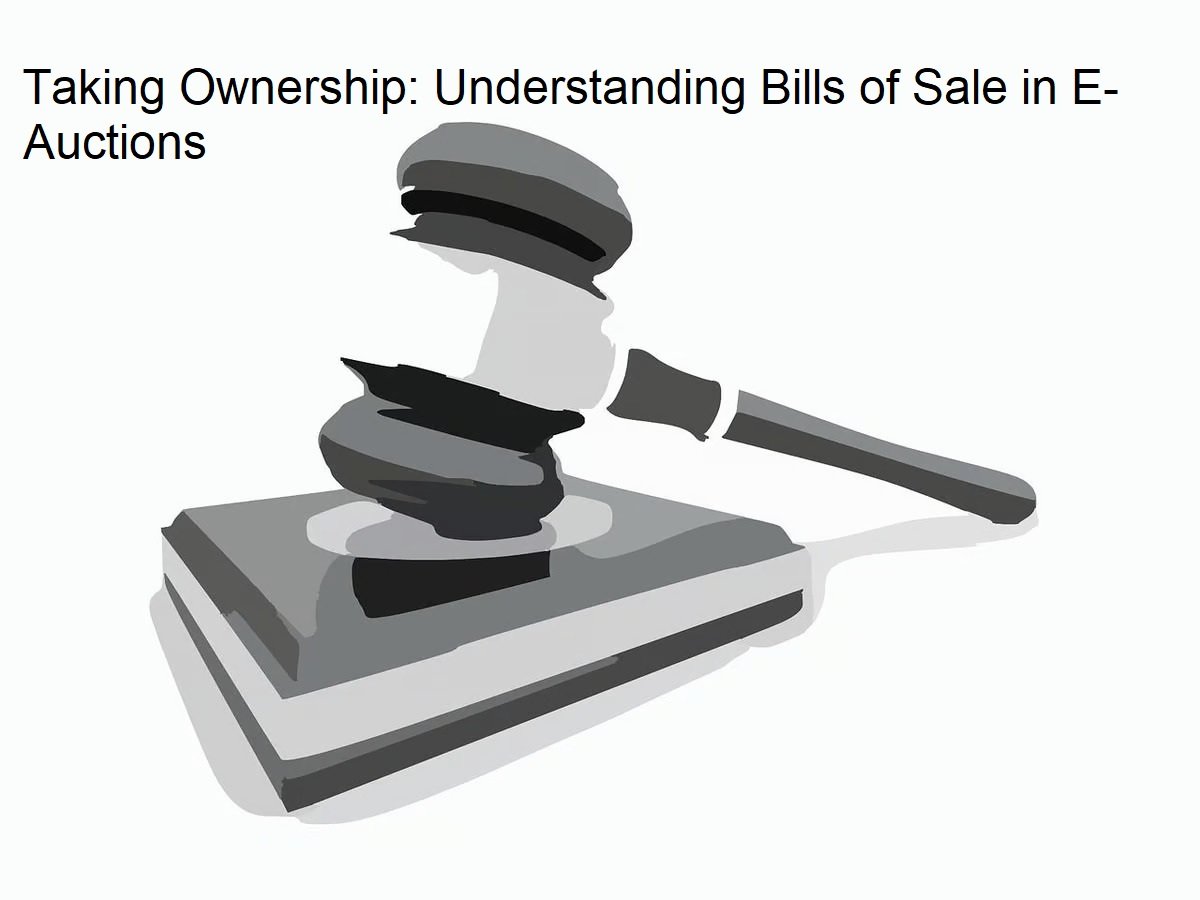In the 1980s and 1990s, Indian banks grappled with the challenge of recovering unpaid debts without specialized mechanisms. Recognizing these difficulties, the Tiwari Committee proposed the establishment of special tribunals for debt recovery in 1981. Consequently, the Recovery of Debts Due to Banks and Financial Institutions Act (RDDBFI Act) of 1993 was enacted, giving rise to Debt Recovery Tribunals (DRT) across the nation. This exploration will delve into the specifics of DRT and its appellate counterpart, the Debt Recovery Appellate Tribunal (DRAT), shedding light on their distinctions.
Debt Recovery Tribunal (DRT)
Objective of DRT
The primary aim of the Debt Recovery Tribunal (DRT) is the prompt adjudication and recovery of debts owed to banks and financial institutions.
Minimum Due Amount for DRT Cases
To initiate a case in DRT, the owed amount to financial institutions (FIs) and banks must exceed 20 lakh rupees.
Composition of DRT
DRTs are comprised of a single presiding officer qualified to serve as a district judge. Their term is five years, extendable until the age of 62, and recovery officers may be appointed to assist.
Extent and Scope of DRTs
DRTs handle debts exceeding Rs. 10 lakhs, directing amounts below this threshold to be pursued through civil courts. However, the Central Government may direct DRTs to decide on cases exceeding Rs. 1 lakh, as outlined in the RDDBFI Act and SARFAESI Act.
DRT Procedure
Banks or FIs initiate legal action for defaulted loans exceeding 10 lakhs through DRTs. Two approaches exist: the Application Route and the SARFAESI Route. DRTs may issue interim orders to freeze assets, expediting the case within 180 working days or 60 to 120 days under SARFAESI.
DRT Appeals
A law degree is not a prerequisite to present cases in DRTs. Parties aggrieved by DRT orders can appeal to the Debt Recovery Appellate Tribunal (DRAT).
Debt Recovery Appellate Tribunal (DRAT)
Objective of DRAT
DRAT serves as an appellate body, providing a fair review for those dissatisfied with DRT decisions.
Composition of DRAT
DRAT comprises a single member, the Chairperson, qualified to be a high court judge, a legal service member, and having presided over a position for at least three years. The term is five years, extendable until the age of 65.
DRAT Procedure
Appeals to DRAT must be filed within 45 days of receiving DRT orders. The appeal is only considered after the appellant pays 75% of the determined debt. DRAT may grant appeals after 45 days with sufficient justification.
Conclusion
Understanding the differences between DRT and DRAT is crucial for navigating the debt recovery landscape in India. DRTs play a pivotal role in the initial adjudication of debt recovery cases, while DRAT provides an avenue for reconsideration, emphasizing a fair and just resolution. The 75% deposit requirement underscores the seriousness needed for pursuing appeals. By comprehending the functions and procedures of DRT and DRAT, stakeholders can navigate the debt recovery process effectively.
Exploring Key Aspects
What is the Role of DRT and DRAT?
DRT plays a vital role in quickly resolving and recovering debts for banks and financial institutions. DRAT, on the other hand, acts as an appellate body, providing a fair review for dissatisfied parties.
What is the Difference between DRT and SARFAESI?
DRT focuses on debt recovery, while the Securitization and Reconstruction for Enforcement of Security Interest Act (SARFAESI) deals with secured credit and loans. SARFAESI allows creditors to seize collateral assets in case of default.
| Aspect |
Debt Recovery Tribunal (DRT) |
Debt Recovery Appellate Tribunal (DRAT) |
| Objective |
Fast adjudication and recovery of debts owed to banks and FIs. |
Appeals against DRT orders; review and reconsideration of decisions. |
| Minimum Due Amount |
Rs. 20 lakh owed to FIs and banks. |
Appeal filing within 45 days; requires payment of 75% of the debt determined by DRT. |
| Composition |
Single presiding officer, qualified as a district judge, with a term of 5 years. |
Single member, referred to as the Chairperson, qualified as a high court judge, member of legal service, with a term of 5 years (up to 65 years old). |
| Extent and Scope |
Handles debts over Rs. 10 lakhs; specific cases mandated by the Central Government for amounts over Rs. 1 lakh. |
Reviews decisions of DRT; operates under principles of natural justice. |
| Procedure for Filing |
Application Route or SARFAESI Route; interim orders can freeze assets during proceedings. |
Appeals must be filed within 45 days of DRT orders; deposit required for appeal. |
| Expedited Resolution |
Mandated to resolve cases within 180 working days (SARFAESI cases within 60-120 days). |
Reviews decisions with a focus on providing a fair and just reconsideration. |
| Aspect |
DRT (Debts Recovery Tribunal) |
DRAT (Debts Recovery Appellate Tribunal) |
| Definition |
Special court under the RDDBFI Act, 1993 |
Appellate body under the RDDBFI Act, 1993 |
| Role |
Adjudicates on matters related to debt recovery |
Hears appeals against decisions of the DRT |
| Establishment |
Established under the RDDBFI Act, 1993 |
Established under the RDDBFI Act, 1993 |
| Powers |
Adjudicates, issues orders, and directions for debt recovery |
Confirms, modifies, or sets aside decisions of the DRT |
| Enforcement |
Power to attach and sell properties for debt recovery |
Appellate decisions binding on parties, subject to RDDBFI Act |
| Composition |
Typically headed by a retired district judge and two members |
Headed by a retired High Court judge and two members |
| Territorial Jurisdiction |
Has jurisdiction over cases within its respective territory |
Has jurisdiction over appeals against DRT decisions in its region |
Who Can File DRT?
Banks and financial institutions are eligible to file cases in Debt Recovery Tribunals, with a minimum due amount set at more than 20 lakh rupees.
In India, how many DRTs and DRATs are there?
Currently, there are 39 Debt Recovery Tribunals and 5 Debt Recovery Appellate Tribunals operating nationwide, ensuring widespread coverage for debt recovery cases.
What is the Maximum Limit for DRT?
Debt Recovery Tribunals handle cases involving debts exceeding Rs.10 lakhs. Cases below this threshold are directed to civil courts.
What is the DRT Limit?
DRT handles cases where the debt exceeds Rs. 10 lakhs. Cases below this value are directed to civil courts, following the Civil Procedure Code.
Which Cases Go to DRT?
Debts exceeding Rs. 10 lakhs fall under the jurisdiction of Debt Recovery Tribunals. The Central Government may direct DRTs to decide on cases exceeding Rs. 1 lakh.
What is DRT Fees for Borrower?
DRT fees for borrowers vary, with no standardized fee structure outlined in the Recovery of Debts Due to Banks and Financial Institutions Act. Parties should check with the respective DRT for fee details.
What are the Types of DRT Cases?
Debt Recovery Tribunals handle a range of cases, including default on loans, mortgage disputes, and other financial obligations, as governed by the RDDBFI Act and SARFAESI Act.


